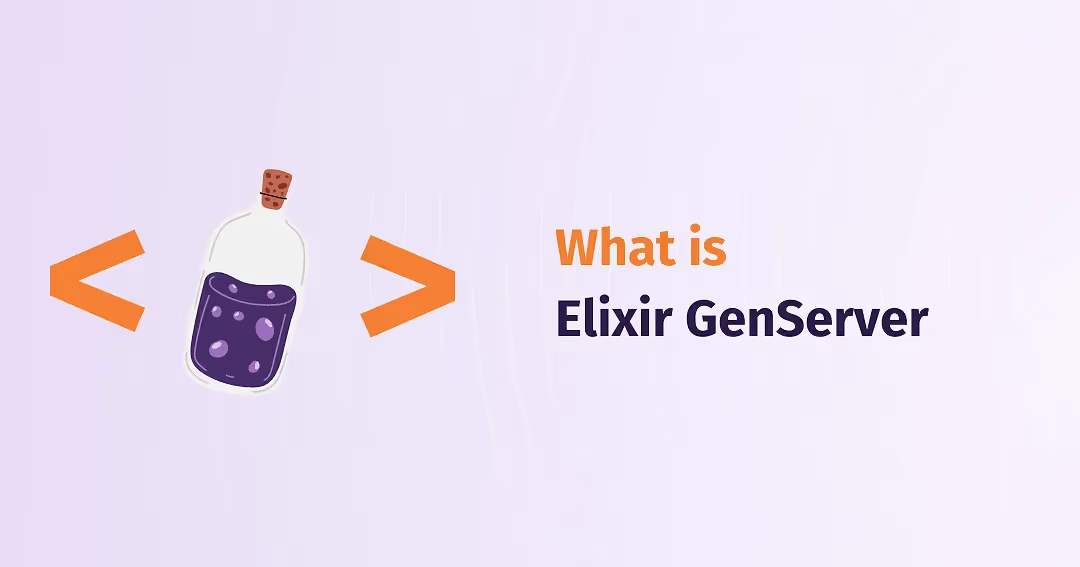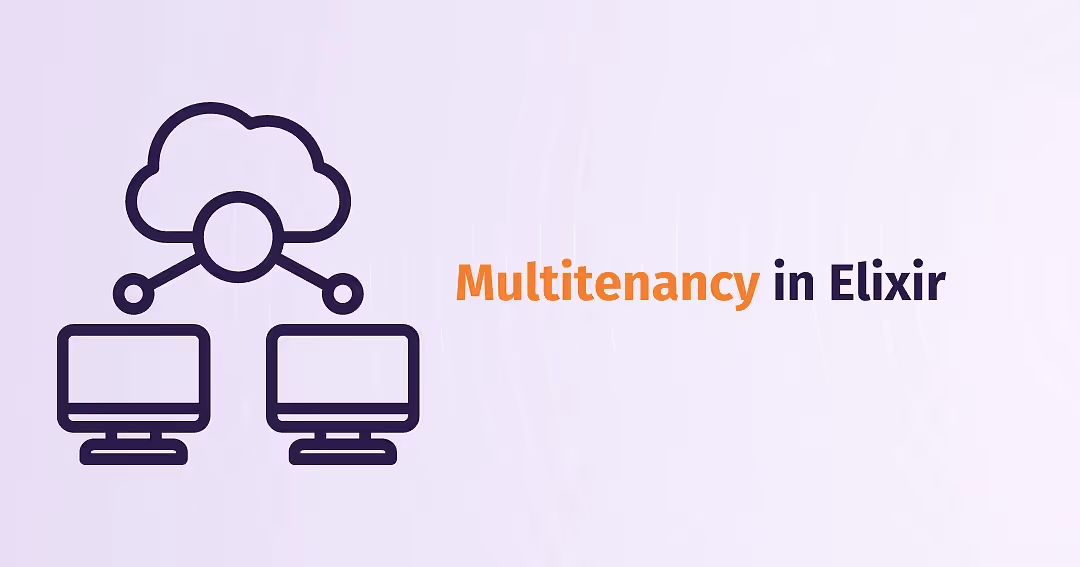Reliability of Elixir & Erlang by Krzysztof Kempiński - Elixir Meetup #1


At Elixir Meetup #1, Krzysztof Kempiński discussed the reliability of Elixir and Erlang, emphasizing their robustness and suitability for building dependable applications.
His presentation covered the history, key features, and practical advantages of using these languages in modern development.
About Krzysztof Kempiński
Krzysztof Kempiński is a seasoned IT professional with over 16 years of experience. He has held various roles, including developer, team leader, CTO, and co-owner of a software house. Krzysztof is also the host of the podcast "Let's talk about IT."
The Foundation of Reliability
Telecommunication Roots
Krzysztof began by explaining the origins of Erlang in the 1980s at Ericsson. Designed for telecommunications, Erlang had to meet stringent reliability and concurrency requirements. This legacy is one reason why Erlang and its descendant, Elixir, are so reliable.
Key Points:
Designed for Telecom: High reliability and concurrency. Open Source: Released by Ericsson to benefit the broader community.
Features That Ensure Reliability
Functional Programming and Immutability
Functional programming and immutability are core features that contribute to the reliability of Elixir and Erlang. These features help avoid common pitfalls in concurrent programming.
Benefits:
Predictability: Pure functions ensure consistent outputs. Ease of Debugging: No side effects simplify debugging. Concurrency: Safe and efficient handling of concurrent processes.
Lightweight Processes and Actor Model
Efficient Concurrency
Krzysztof highlighted the efficiency of Erlang's lightweight processes, which consume minimal resources compared to traditional OS processes. The Actor Model, used for managing these processes, further enhances reliability by isolating state and communication.
Key Techniques:
Lightweight Processes: Efficient and scalable. Actor Model: Isolated state and message passing.
Supervision Trees
Self-Healing Systems
Supervision trees in Erlang and Elixir ensure that applications can recover from failures. Supervisors monitor processes and can restart them if they fail, maintaining system stability.
Key Features:
Supervisors: Monitor and restart failing processes. Fault Tolerance: Ensures minimal downtime and high availability.
Hot Code Swapping
###Seamless Upgrades One of the standout features of Erlang and Elixir is hot code swapping, which allows updates to be applied without stopping the system. This feature is crucial for maintaining uptime in production environments.
Advantages:
Continuous Operation: Apply updates without downtime. State Preservation: Maintain system state across updates.
Real-World Examples
Erlang in Production
Krzysztof shared examples of Erlang in production, including a telecommunication switch that ran for 20 years with only 0.6 seconds of downtime and WhatsApp, which managed 900 million users with just 50 engineers.
Notable Uses:
WhatsApp: Highly efficient and reliable messaging service. Telecom Switches: Exceptional uptime and reliability.
Practical Applications
Adopting Elixir and Erlang
Krzysztof encouraged developers to adopt Elixir and Erlang by experimenting with their features and integrating them into their projects. He emphasized the ease of getting started and the long-term benefits of reliability and performance.
Conclusion
Krzysztof Kempiński’s presentation at Elixir Meetup #1 provided a comprehensive overview of the reliability features of Elixir and Erlang. By leveraging these features, developers can build robust, scalable, and maintainable applications.
Join the Community
Ready to explore the reliability of Elixir and Erlang?
Register for the next Elixir Meetup at Curiosum Meetups: Registration Join our community of Elixir enthusiasts at Elixir LinkedIn Group Prefer watching the presentation? Here’s the video
Want to power your product with Elixir? We’ve got you covered.
Related posts
Dive deeper into this topic with these related posts
You might also like
Discover more content from this category
Elixir GenServer is a behaviour module for implementing concurrent and stateful processes.
Discover this unique project's challenges, solutions, and exciting features that aim to revolutionize property management.
Have you ever wondered how to efficiently manage multiple clients within a single application? Or how to keep different users' data isolated while still leveraging shared resources? Enter multi-tenancy!




